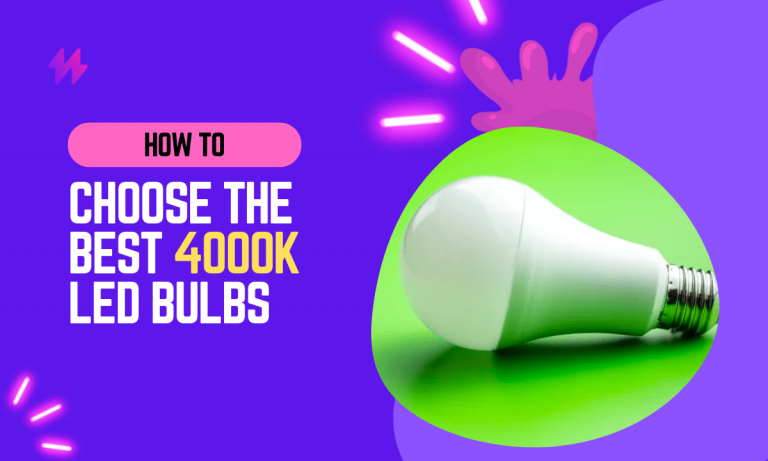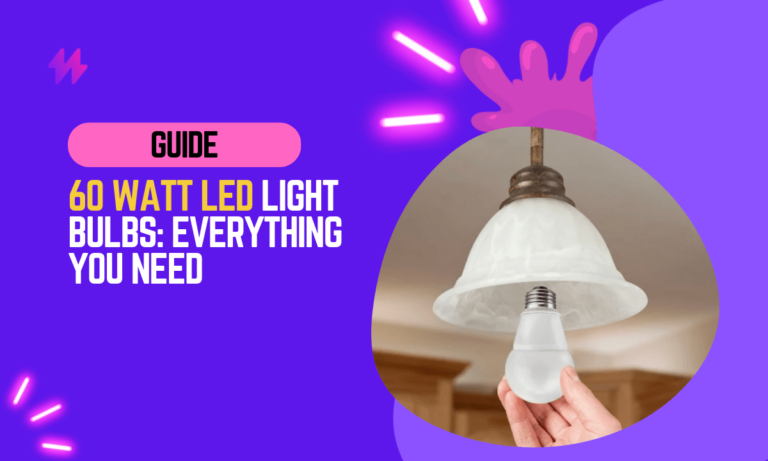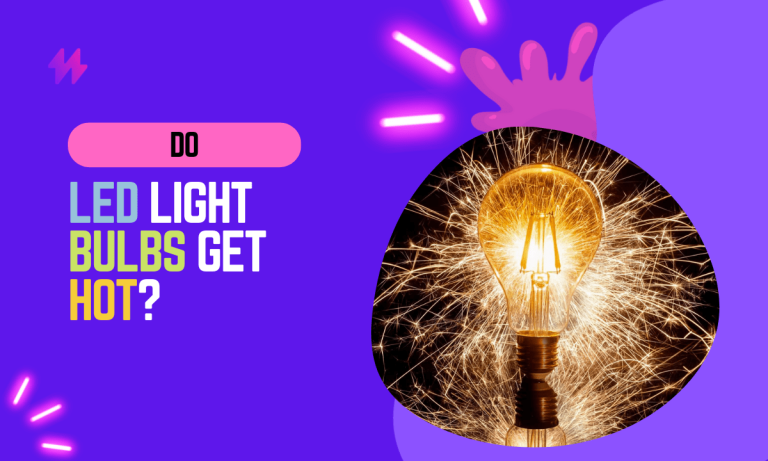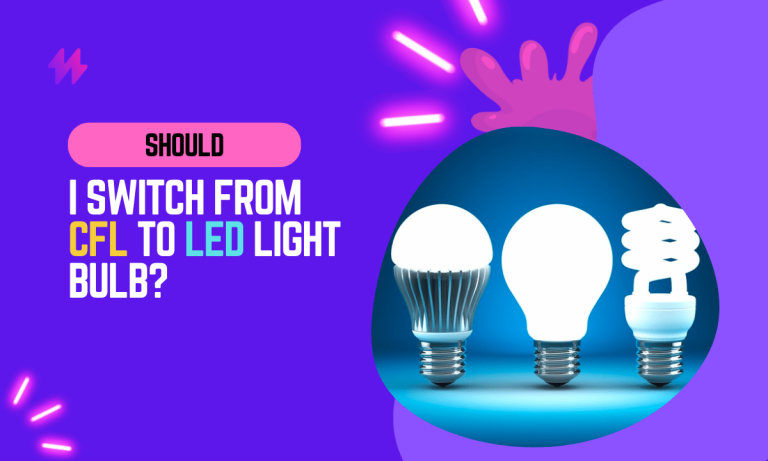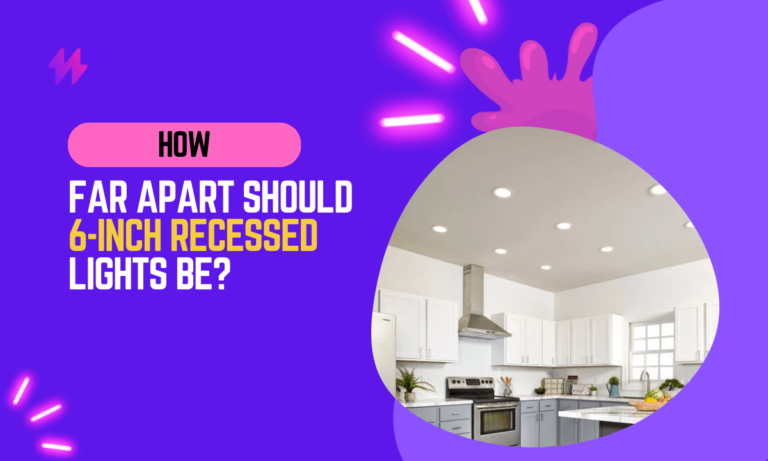Illuminating the Truth: What Is the Brightest Light Bulb?
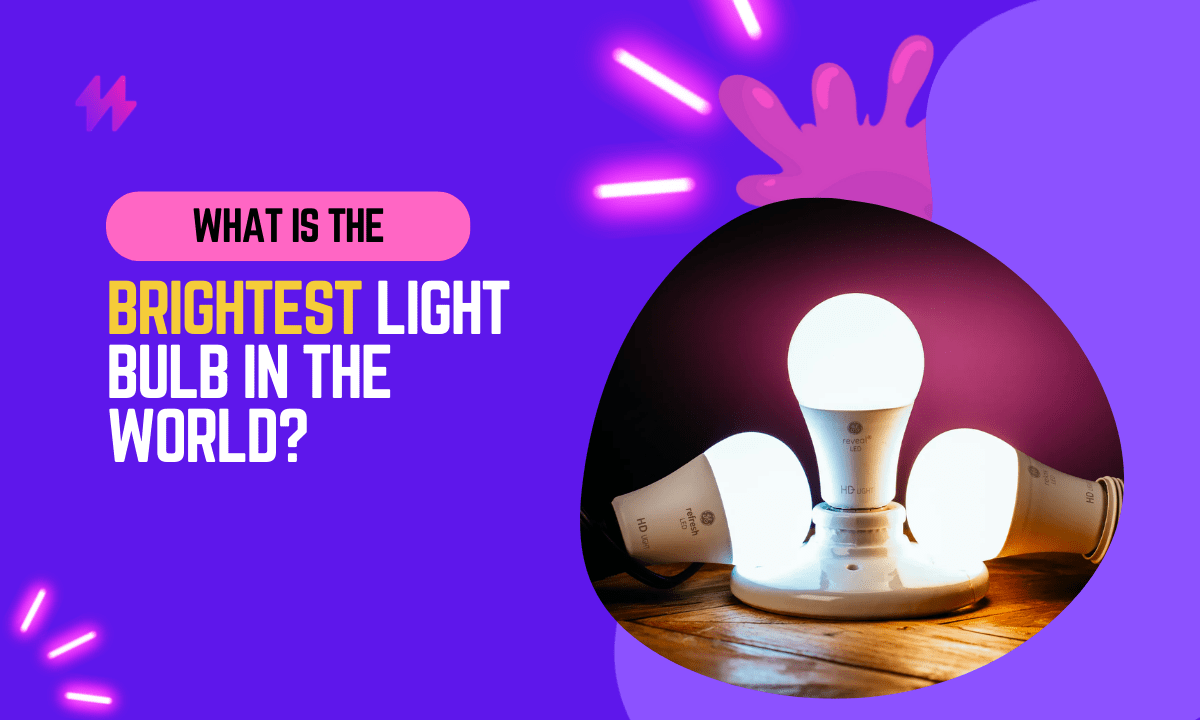
Lighting plays a vital role in our lives, transforming darkness into illumination and allowing us to see the world around us. When choosing the right light bulb, brightness is a crucial factor to consider. We all desire a bulb that radiates the maximum amount of light, ensuring our spaces are well-lit and vibrant. But what exactly is the brightest light bulb?
In this blog post, we will embark on a journey to illuminate the truth and unravel the mysteries behind brightness in light bulbs.
Have you ever wondered how brightness is measured? What factors contribute to a light bulb’s luminosity? We will dive deep into these questions and explore the world of light bulb technologies, from traditional incandescent bulbs to modern LEDs.
Understanding Brightness
Brightness
Brightness, in the context of light bulbs, refers to the intensity of light emitted by a bulb. It is a measure of the amount of light produced, indicating how well a bulb illuminates its surroundings. The brightness perception is subjective and can vary depending on individual preferences and the environment in which the light is used. However, brightness is commonly quantified using standardized units called lumens.
Lumens
Lumens are the internationally recognized unit of measurement for brightness. Unlike wattage, which measures the amount of power a bulb consumes, lumens directly measure the light output. The higher the number of lumens, the brighter the light emitted by the bulb.
To put it into perspective, consider a traditional incandescent bulb that produces around 800 lumens. This level of brightness is suitable for general lighting purposes in smaller rooms. On the other hand, a high-performance LED bulb can produce more than 1500 lumens, providing a significantly brighter illumination for larger spaces.
Understanding lumens allows you to compare the brightness of different bulbs across various technologies and make informed decisions based on your lighting needs. When shopping for the brightest light bulbs, be sure to check the lumen output mentioned on the packaging to determine the brightness level of a particular bulb.
Exploring Light Bulb Technologies
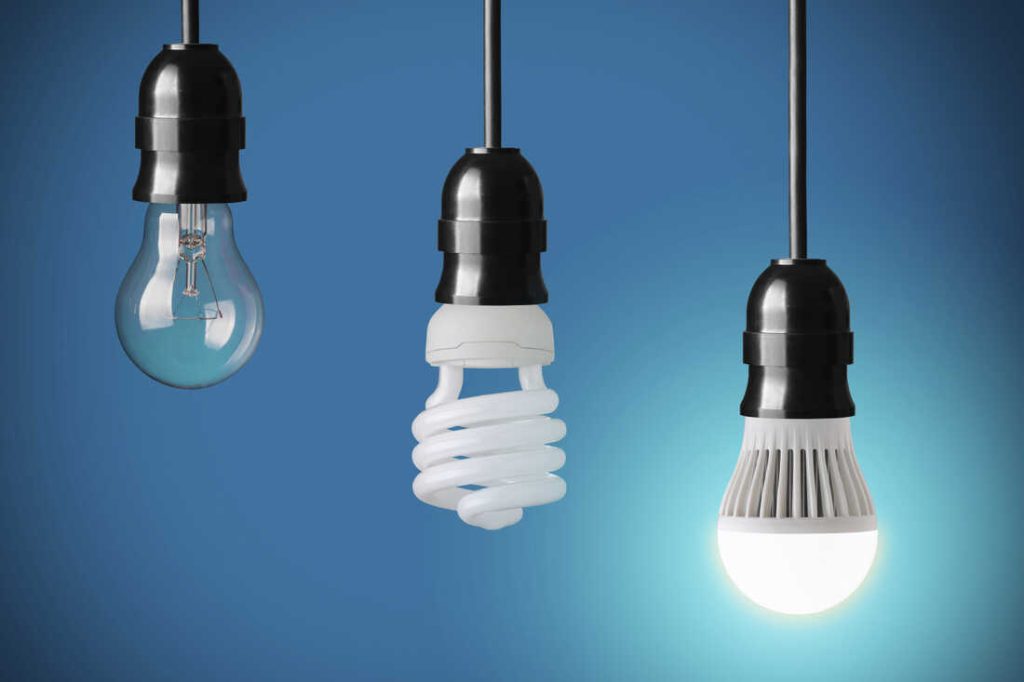
Incandescent bulbs
Incandescent bulbs have been a staple in households for many years. They pass an electric current through a filament, which heats up and emits light. However, incandescent bulbs are not known for their high brightness. A typical 60-watt incandescent bulb produces around 800 lumens, considered a standard brightness level.
Halogen bulbs
Halogen bulbs are a variation of incandescent bulbs but with a small amount of halogen gas added. This gas allows the bulb to operate at higher temperatures, resulting in increased brightness and a longer lifespan compared to traditional incandescent bulbs. A 60-watt halogen bulb can produce around 900 to 1000 lumens, offering a slightly brighter illumination.
Compact fluorescent lamps (CFLs)
CFL bulbs have gained popularity as a more energy-efficient alternative to incandescent bulbs. They work by using an electric current to excite a mixture of gases inside the bulb, which in turn produces ultraviolet light. This UV light interacts with the phosphor coating on the inside of the bulb, creating visible light. CFL bulbs generally have higher efficiency and longer lifespan than incandescent bulbs. However, when it comes to brightness, a typical 60-watt CFL bulb produces approximately 800 to 900 lumens, similar to an incandescent bulb of the same wattage.
Light-emitting diodes (LEDs)
LED technology has revolutionized the lighting industry with its remarkable efficiency, longevity, and versatility. LEDs operate by passing an electric current through a semiconductor material, which emits light. One of the significant advantages of LEDs is their ability to produce high brightness levels while consuming minimal energy. A 60-watt equivalent LED bulb can produce around 800 to 1000 lumens, providing the same level of brightness as traditional incandescent or halogen bulbs but with significantly lower power consumption.
What Is the Brightest Light Bulb?
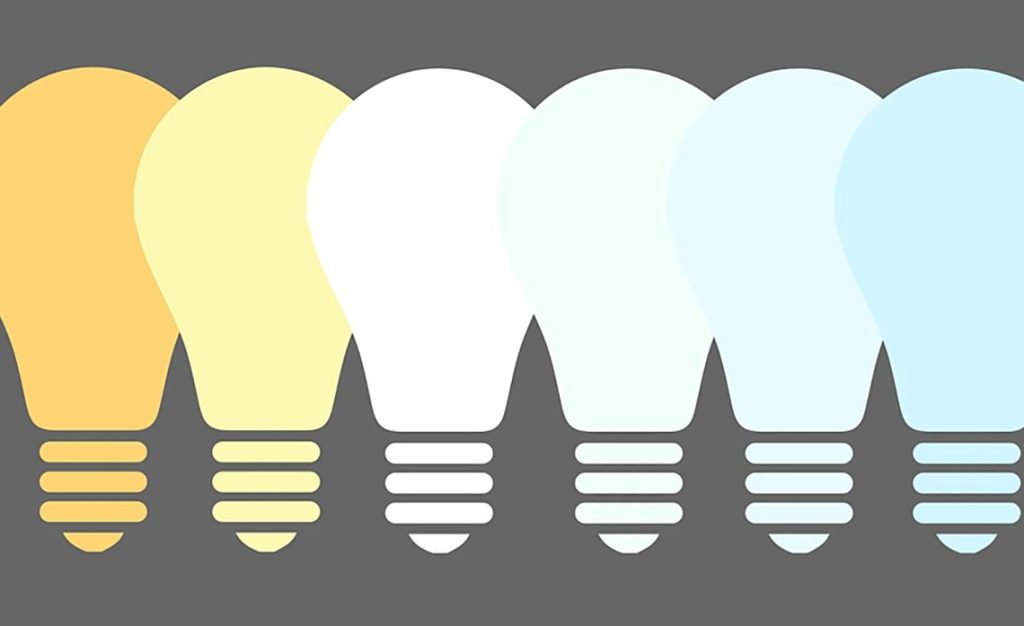
The brightest light bulbs available today are LED Bulbs. LED technology has advanced significantly, offering exceptional brightness with minimal energy consumption. LED bulbs have become the go-to choice for those seeking high levels of illumination. A 60-watt equivalent LED bulb can produce around 800 to 1000 lumens, matching the brightness of traditional incandescent or halogen bulbs while consuming much lower wattage.
The brightest light bulb on the market is the Philips 5000 Lumen LED Light Bulb. It produces 5000 lumens, which is equivalent to a 350-watt incandescent bulb. It uses 43 watts of power and has a 5000K color temperature (daylight white). It is suitable for outdoor areas and garages.
Philips 5000 Lumen LED Bulb
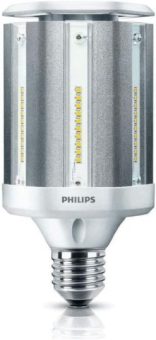
- Equivalent to a 100-watt Incandescent Bulb.
- Long lifespan: This light bulb has a lifespan of up to 25,000 hours.
- Energy-efficient: This light bulb is Energy Star certified.
- Warm white light: This light bulb produces a warm white light that is similar to natural sunlight.
- Easy to install: This light bulb is easy to install and can be used in any standard light fixture.
When determining the absolute brightest light bulb, it is important to consider various factors such as technology, wattage, and efficiency. Different types of light bulbs have different maximum brightness levels.
Factors Affecting Brightness
Wattage
One of the primary factors that affect the brightness of a light bulb is wattage. Wattage refers to the amount of electrical power consumed by the bulb. In traditional incandescent bulbs, higher wattage typically correlates with higher brightness. For example, a 100-watt incandescent bulb tends to be brighter than a 60-watt bulb. However, when it comes to energy-efficient bulbs like CFLs and LEDs, wattage alone does not directly indicate brightness. These bulbs can produce the same or even higher levels of brightness while consuming significantly fewer watts compared to traditional incandescent bulbs.
Lumens
Lumens are the standardized unit of measurement for brightness. The lumen rating of a light bulb indicates the total amount of visible light it emits. The higher the lumen value, the brighter the bulb. When choosing the brightest light bulb, it is essential to consider the lumen output rather than solely relying on wattage. Different types of bulbs can produce varying levels of brightness for the same wattage. For example, a 10-watt LED bulb can produce more lumens and be brighter than a 60-watt incandescent bulb. You can use our Lumen to Watt calculator for a detailed comparison.
Color Temperature
Color temperature refers to the perceived warmth or coolness of light emitted by a bulb. It is measured in Kelvin (K). While the color temperature does not directly affect the brightness of a bulb, it can influence how bright the light appears to the human eye. Bulbs with higher color temperatures (5000K and above) emit a cooler, bluish-white light that appears brighter. On the other hand, bulbs with lower color temperatures (2700K to 3000K) produce a warmer, yellowish light that may appear less bright even if they have the same lumen output. It’s important to consider the color temperature along with the lumen output when selecting a bulb to achieve the desired level of brightness.
Dimming Capabilities
The dimming capabilities of a light bulb can affect the perceived brightness. Some bulbs, particularly LEDs, are designed to be compatible with dimmer switches, allowing you to adjust the brightness according to your needs. When dimmed, the perceived brightness of the bulb may decrease, even if the lumen output remains the same. Choosing bulbs that are specifically labeled as dimmable and compatible with your dimmer switch is important to maintain control over the brightness levels.
Final Words
The brightest light bulbs available today are LED bulbs. They offer a range of brightness options, exceptional energy efficiency, and a long lifespan. By considering factors like lumen output, color temperature, and dimming capabilities, you can choose the optimal bulb that suits your lighting needs, whether it’s for general lighting, task lighting, or accent lighting.
In conclusion, the quest to identify the brightest light bulb is not merely about pinpointing a product with the highest lumen output but understanding the application and technology that best suits specific needs. Modern advancements in lighting technology have expanded the options available, moving beyond traditional incandescent bulbs to more efficient and brighter LED, halogen, and HID (High-Intensity Discharge) bulbs. Among these, LED bulbs stand out due to their exceptional energy efficiency and longevity, offering high lumens with significantly lower energy consumption. LEDs are increasingly favored in both residential and commercial settings for their ability to provide bright, clear light while reducing energy costs and minimizing environmental impact.
Moreover, when considering the brightest light bulbs, it’s crucial to account for the type of light needed for the intended environment. For instance, while HID bulbs may offer intense brightness and are ideal for outdoor or industrial settings, LEDs could be more appropriate for indoor use, providing strong, consistent lighting without the intensity that could be overpowering in a home. The color temperature and color rendering index (CRI) are also important factors, as these affect how the light displays colors and details within a space. Ultimately, the brightest light bulb for any situation should balance luminosity with efficiency, comfort, and aesthetic requirements, ensuring that it enhances the functionality and atmosphere of the space it illuminates. By carefully selecting the appropriate type of bulb, users can achieve optimal lighting results that meet their specific needs while embracing energy-efficient technologies.


